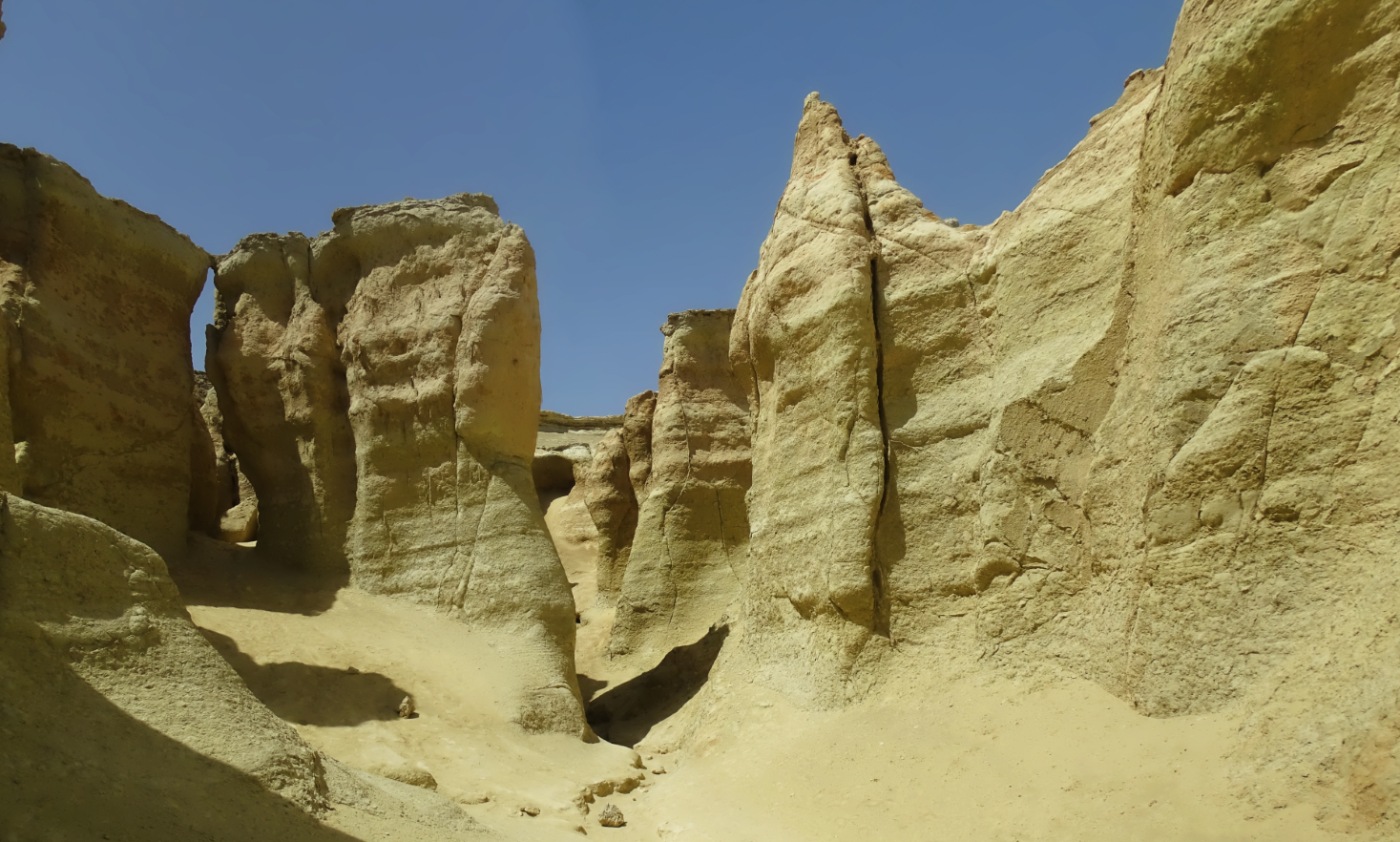Two Windcatchers
Qeshm Island
Iran
May 18, 2022
Hello,
If I travel to Iran, how can I miss the Persian Gulf and its islands in the Strait of Hormuz?
Qeshm Island is the best choice because of its history, strategic location, and natural features.
Qeshm is a popular holiday destination for Iranians as well as others from the Middle East. The island continues to expand with new roads, first class hotels and modern shopping malls.
A lovely beach.
And a short ferry ride to the nearby Hormuz Island.
Qeshm is the largest island in the Persian Gulf.
It is located a few kilometers off the coast of southern Iran opposite the port cities of Bandar Abbas and Bandar Khamir. The island is 135 km long (84 miles) and lies strategically in the Strait of Hormuz, just 60 kilometers (37 miles) from the Omani port of Khasab and about 180 kilometers (112 miles) from the UAE Port Rashid
The arrow-shaped island has a surface area of 1,491 square kilometers (576 square miles) and is almost twice the size of Bahrain and about the same size as Oahu and Rhodes.
The average temperature on the island is approximately 27 °C (81 °F). The average rainfall is 183.2 mm (7.25 in).
The island comprises 59 towns and villages and the population was 117,774 at the 2011 Census. The local population is involved in fishing, dhow construction, trade, and services. An additional 30,000 are administrative or industrial workers or students. On what little cultivated land there is, dates and melons are grown
The earliest evidence of human presence at Qeshm dates to the Paleolithic Period. Paleolithic stone tools have been found at Bam-e Qeshm. Historical records concerning the Qeshm island date far back into the pre-Islamic era.
Because of its strategic situation near the mouth of the Persian Gulf, it has been frequently attacked by invaders including Ilamids (Elamites), Umayyads, and Abbasids as well as the Portuguese and the English.
Qeshm Island has been famous as a trade and navigation center. Its economy flourished during the Dailamite and Buyid eras, as trade vessels sailed between Qeshm Island and China, India, and Africa.
Explorer William Baffin was mortally wounded on Qeshm in 1622 during a battle against Portuguese forces who occupied the fort, known to the English as "Forte de Queixome".
Qeshm is also a supposed site of the Garden of Eden according to Cassell's Bible.
On 3 July 1988, a civilian Iran Air Airbus A300 (Iran Air Flight 655) was shot down by a United States Navy guided missile cruiser USS Vincennes just south of the island, killing all 290 people aboard. The wreckage crashed 2.5 kilometers off Qeshm's southern coast.
According to environmentalists, about 1.5% of the world’s birds and 25% of Iran's native birds annually migrate to the forests which are the first national Geopark in Iran.
Valley of Stars is a part of the Geopark of Qeshm Island and is registered as a UNESCO World Heritage Site.
This valley with its strange form of stones has led the imaginative natives to share several myths about it. Some say the Valley of Stars has been created by meteor rain. Some call it the Ghost Valley because of the weird whispering sound of the wind between its rocks.
The most common story is that in the past stars have fallen from the sky to the ground and they have caused the rock formations.
Scientifically the Valley of Stars has been created by erosion due to wind, surface waters, and seasonal storms since the Cenozoic geological period. The relatively soft materials of the sedimentary and limestone rocks are part of the Zagros Mountains.
Valley of Stars? Don’t miss it!

